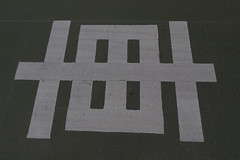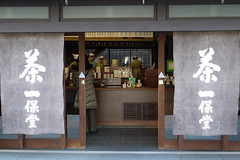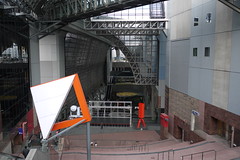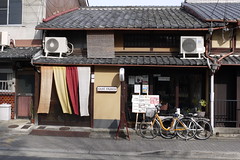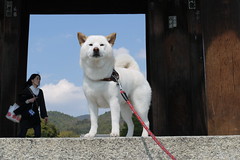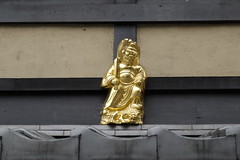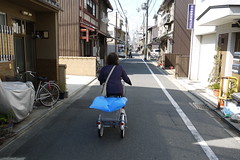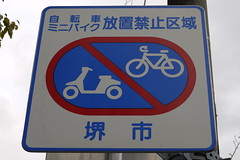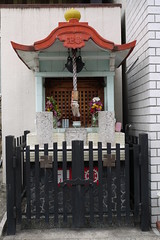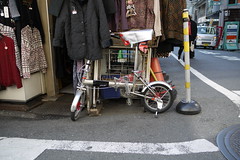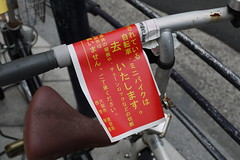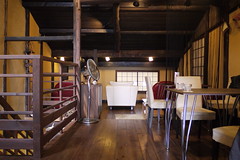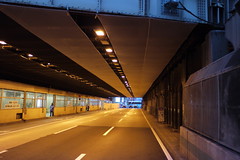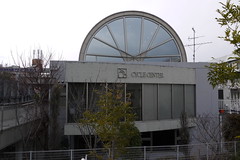
自転車博物館サイクルセンター
Due south of Osaka, hugging the coast of Osaka Bay, is Sakai.
In places, it is grim: an intensely industrial port town.
However, it has lots of history and more than enough to see to merit a visit.
The city flourished in the past primarily because of its location. Among other industries, ship building, armaments, cutlery, and bicycle manufacturing have been based in Sakai. (Ironically, bicycle manufacturing in Sakai has its roots in gun production.)
Japan's Shimano company - yes, that Shimano (think derailleurs and other high quality parts) - is from Sakai.
Shimano has financed and built an interesting museum in its hometown dedicated to the bicycle.
The Bicycle Museum Cycle Center has three floors of bikes, bikes, and more bikes.
The basement, 1F, has a storehouse of many bicycles and an auditorium where videos can be watched. The second floor documents the history of the bicycle - from 19th century models to a racer used in the Beijing Olympics. The third floor is dedicated to the environmental benefits of the bicycle.
The Museum is close to the Tomb of the Emperor Nintoku and the Sakai City Museum, all of which can be visited in a day.
Details
18-2 Daisen Nakamachi, Sakai City, Osaka
Tel: 072 243 3196
Open 10 - 4:30 pm (last admittance 4 pm)
300 yen for adults
Access
JR Hanwa LIne from Tennoji Station. The local train takes about 20 minutes to Mozu Station. From there it is a ten-minute walk.
© CycleKyoto.com
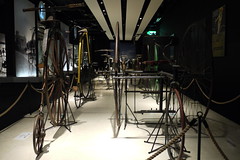 CycleKyoto Home Page
Tags
Japan
Sakai
Kyoto
Cycle
Bicycle Museum
CycleKyoto Home Page
Tags
Japan
Sakai
Kyoto
Cycle
Bicycle Museum
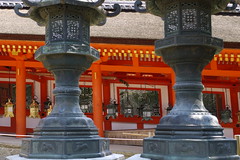 自転車で春日大社
自転車で春日大社
